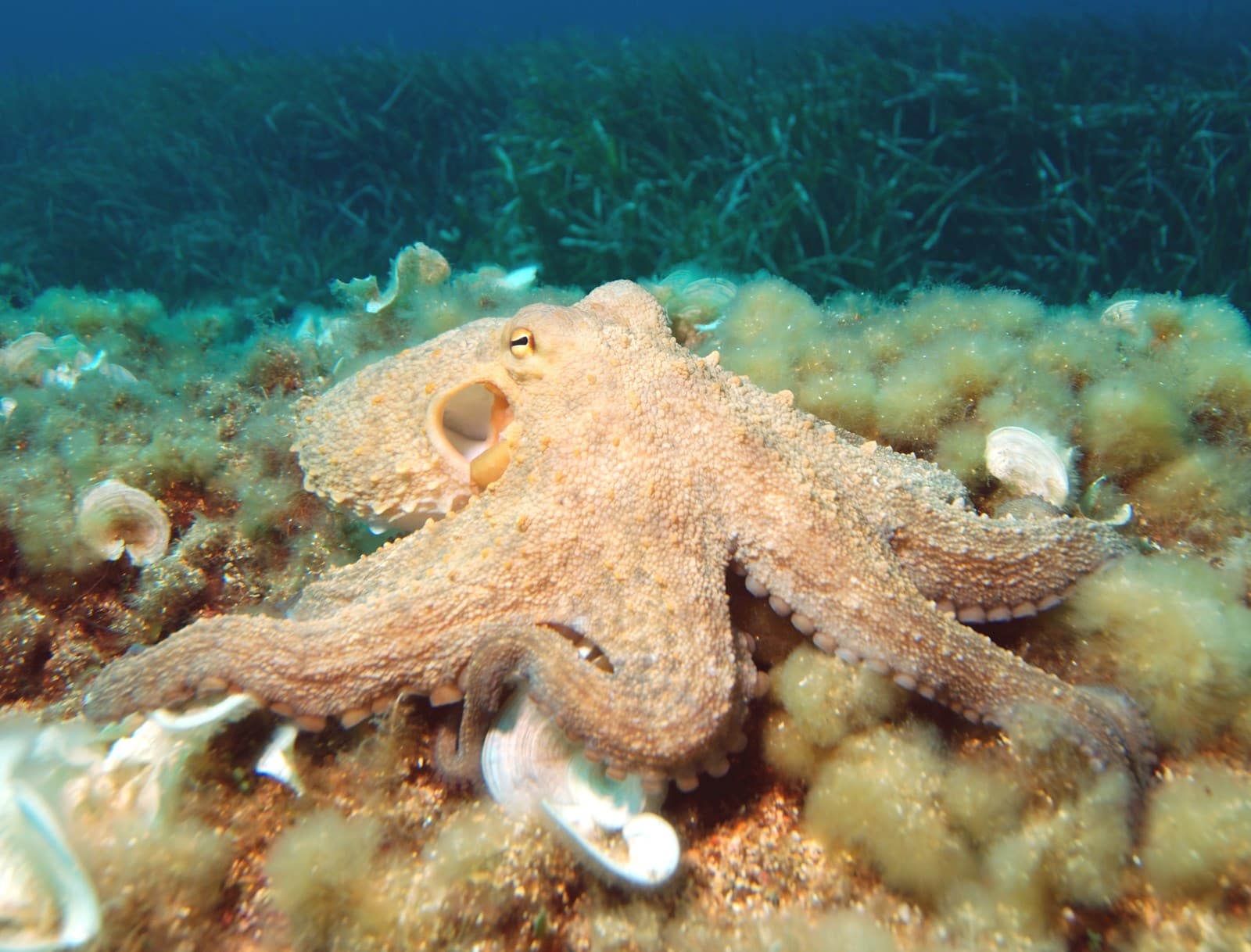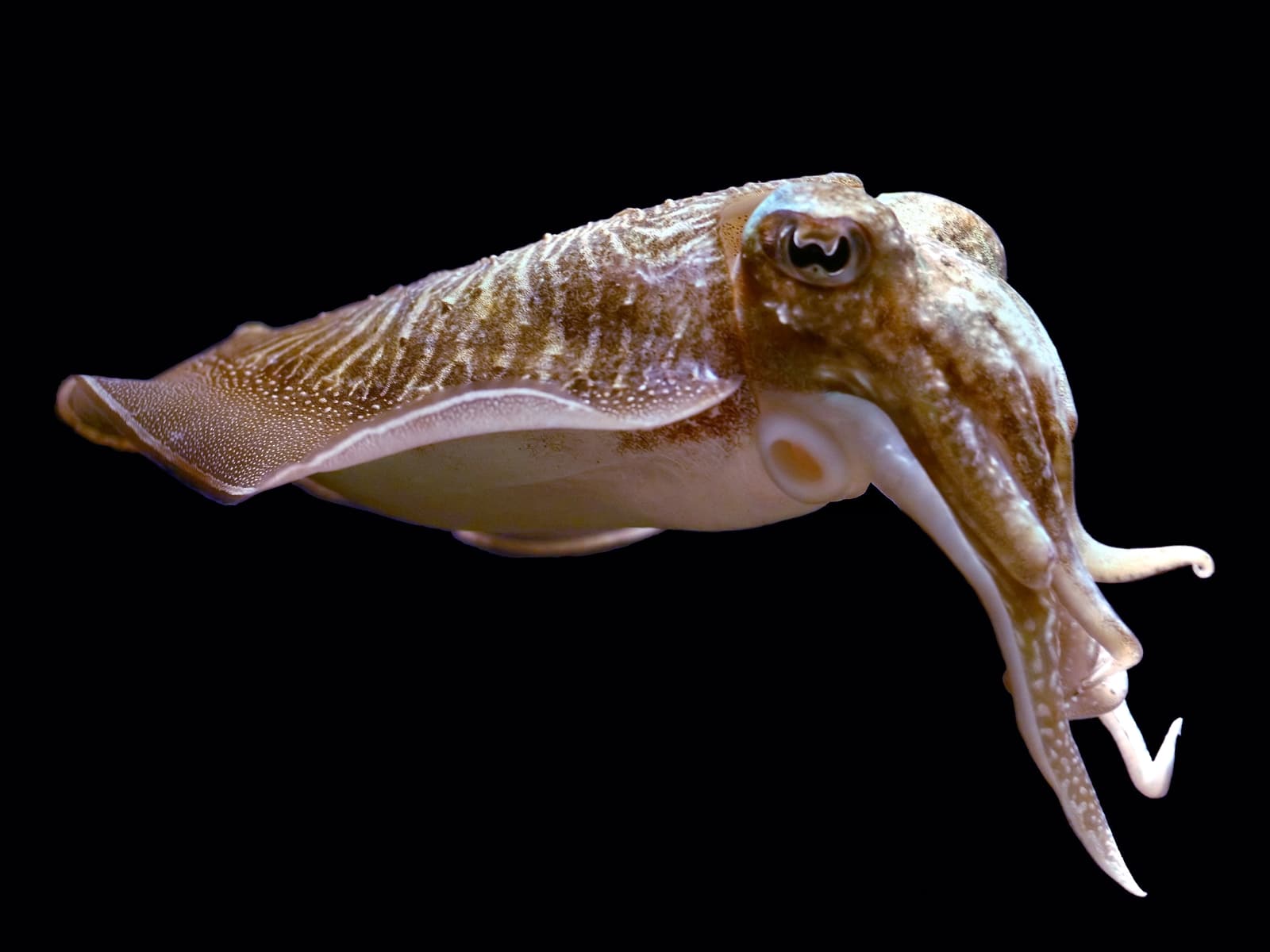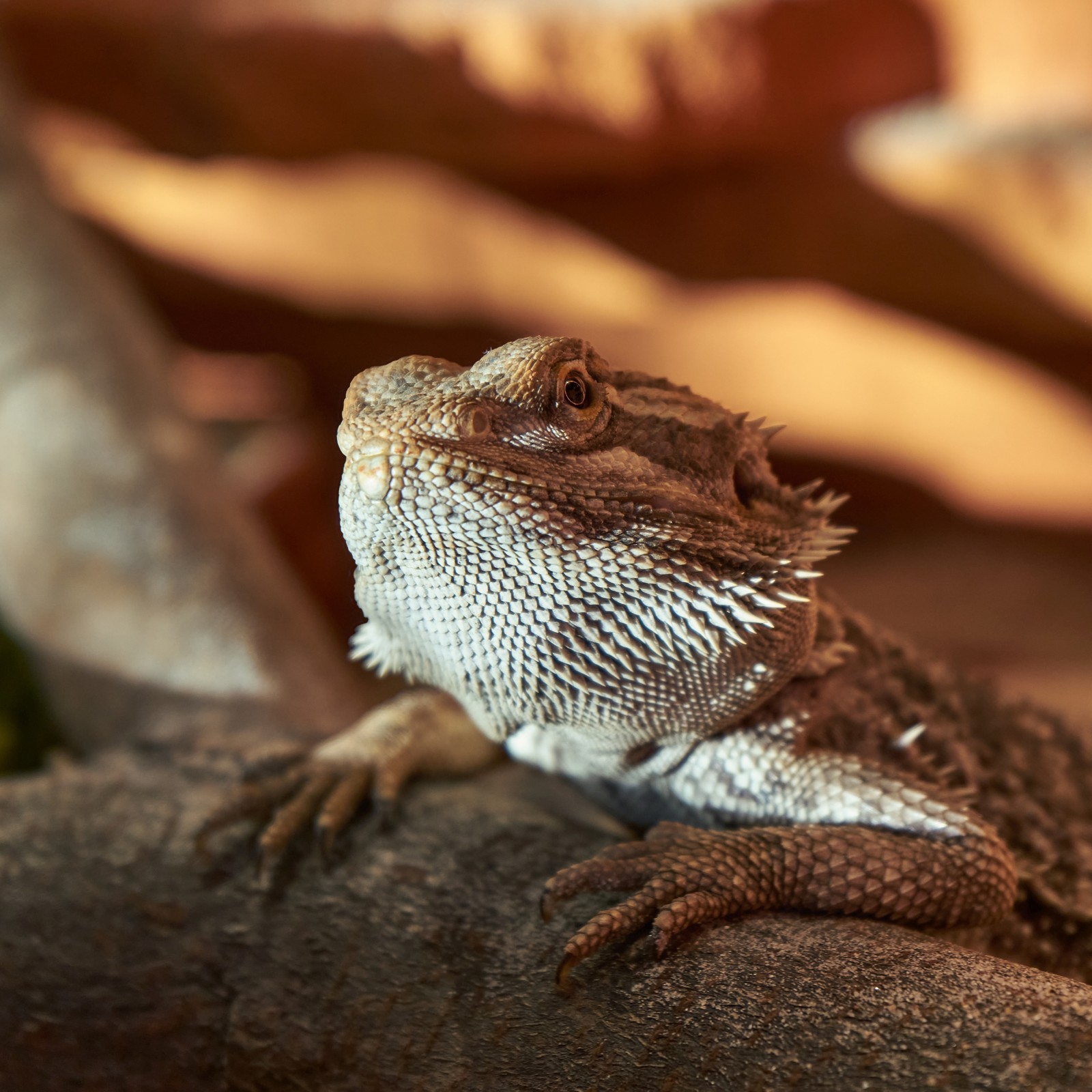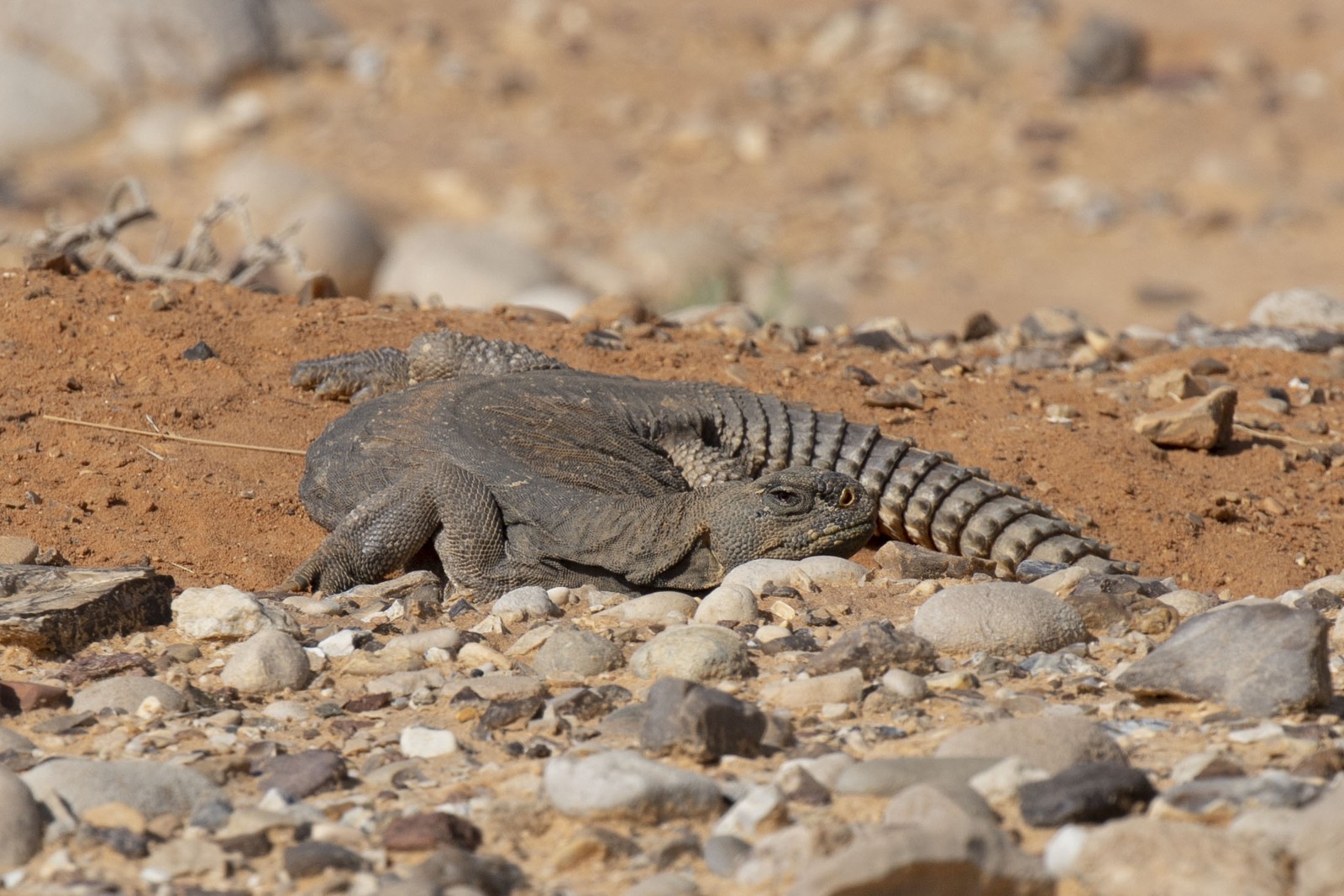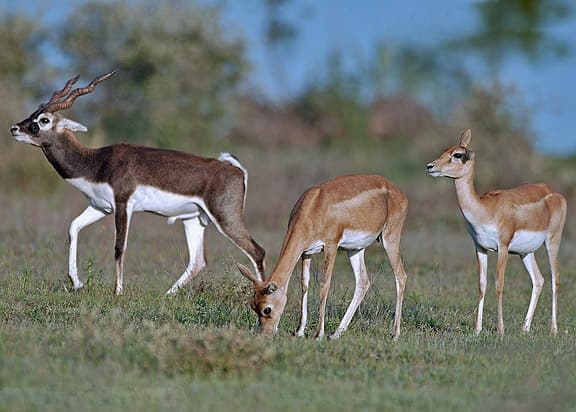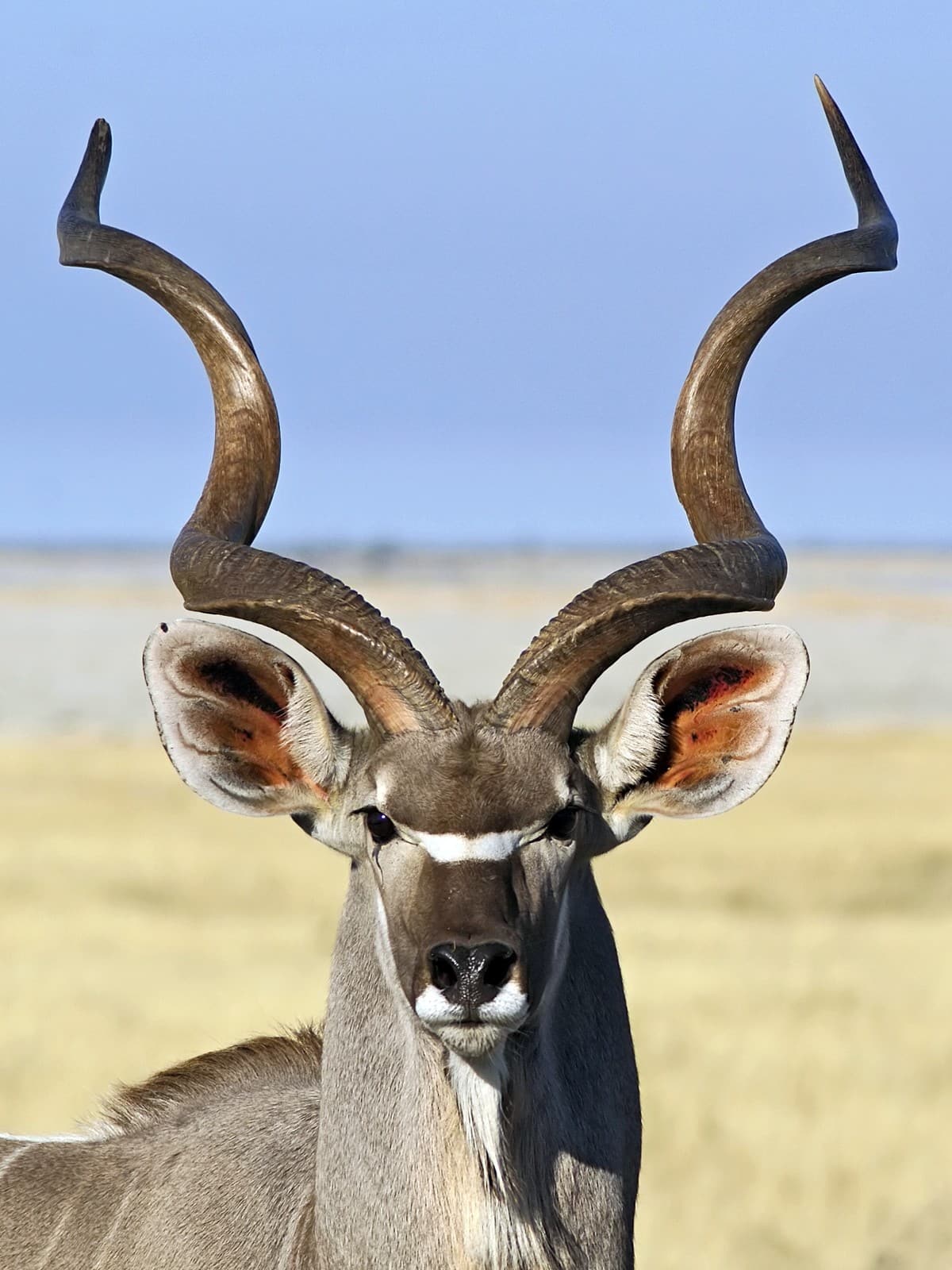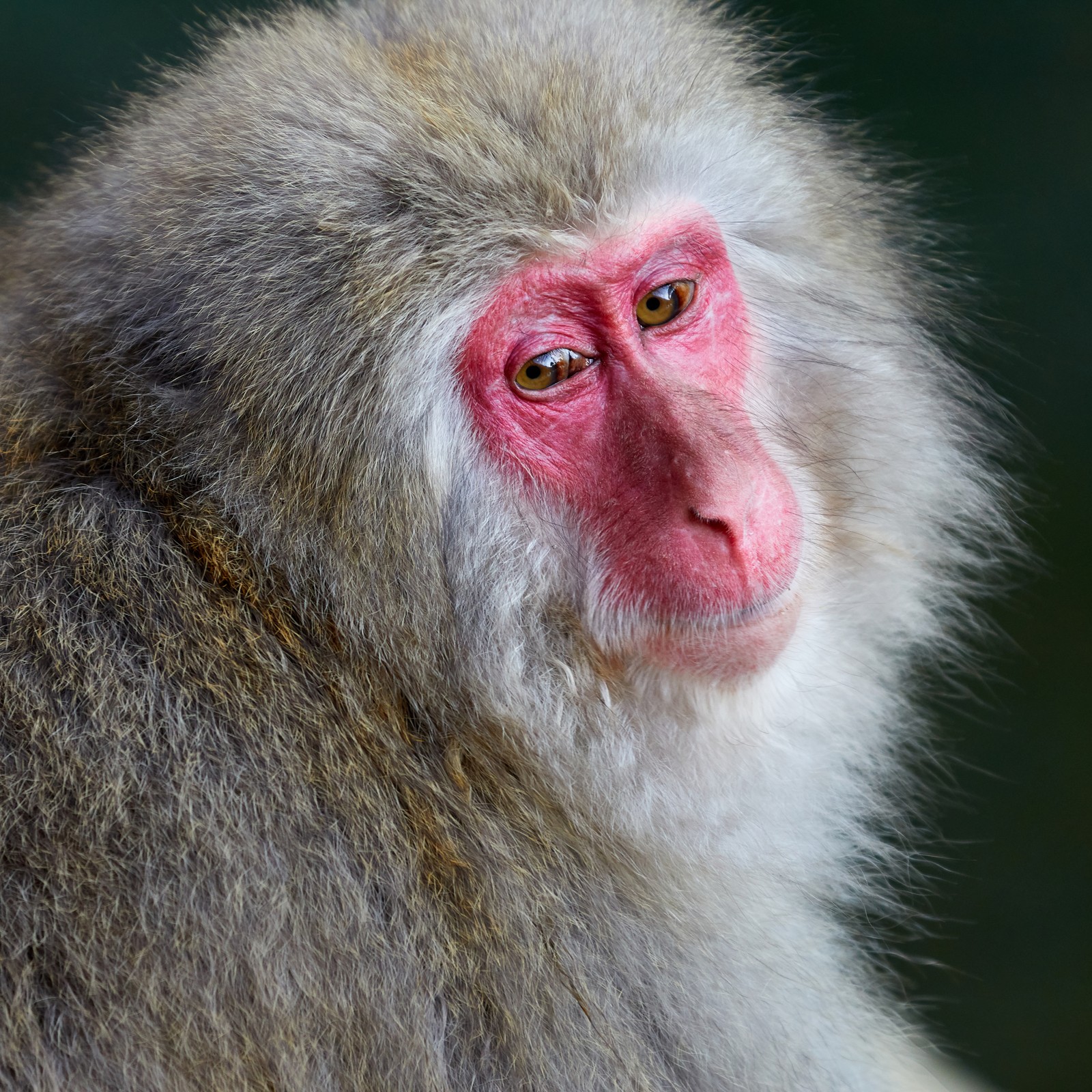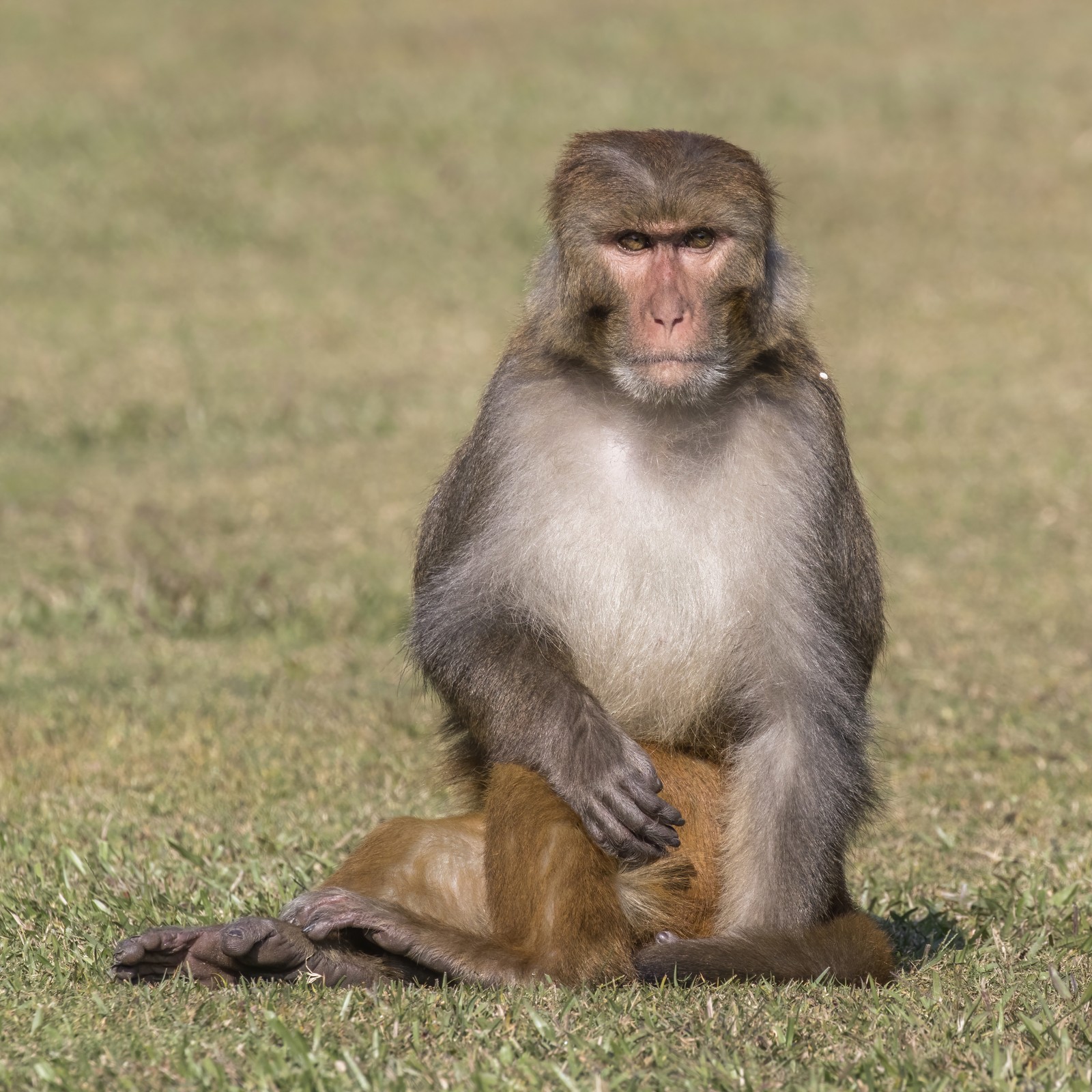White Rhinoceros vs Black Rhinoceros: A Complete Comparison
Despite their names, White Rhinoceros and Black Rhinoceros are not distinguished by color – both species are actually grayish in appearance. The key difference lies in their lip shape: White Rhinos have broad, square lips adapted for grazing, while Black Rhinos possess pointed, hooked lips perfect for browsing leaves. White Rhinoceros are significantly larger, weighing up to 7,920 pounds (3,600 kg), compared to Black Rhinoceros at 3,090 pounds (1,400 kg).
These magnificent African mammals represent two distinct survival strategies in the savanna ecosystem. The White Rhinoceros, being the world’s third-largest land mammal, focuses on consuming vast quantities of grass, while the more solitary Black Rhinoceros specializes in selecting specific leaves and twigs from bushes and trees.
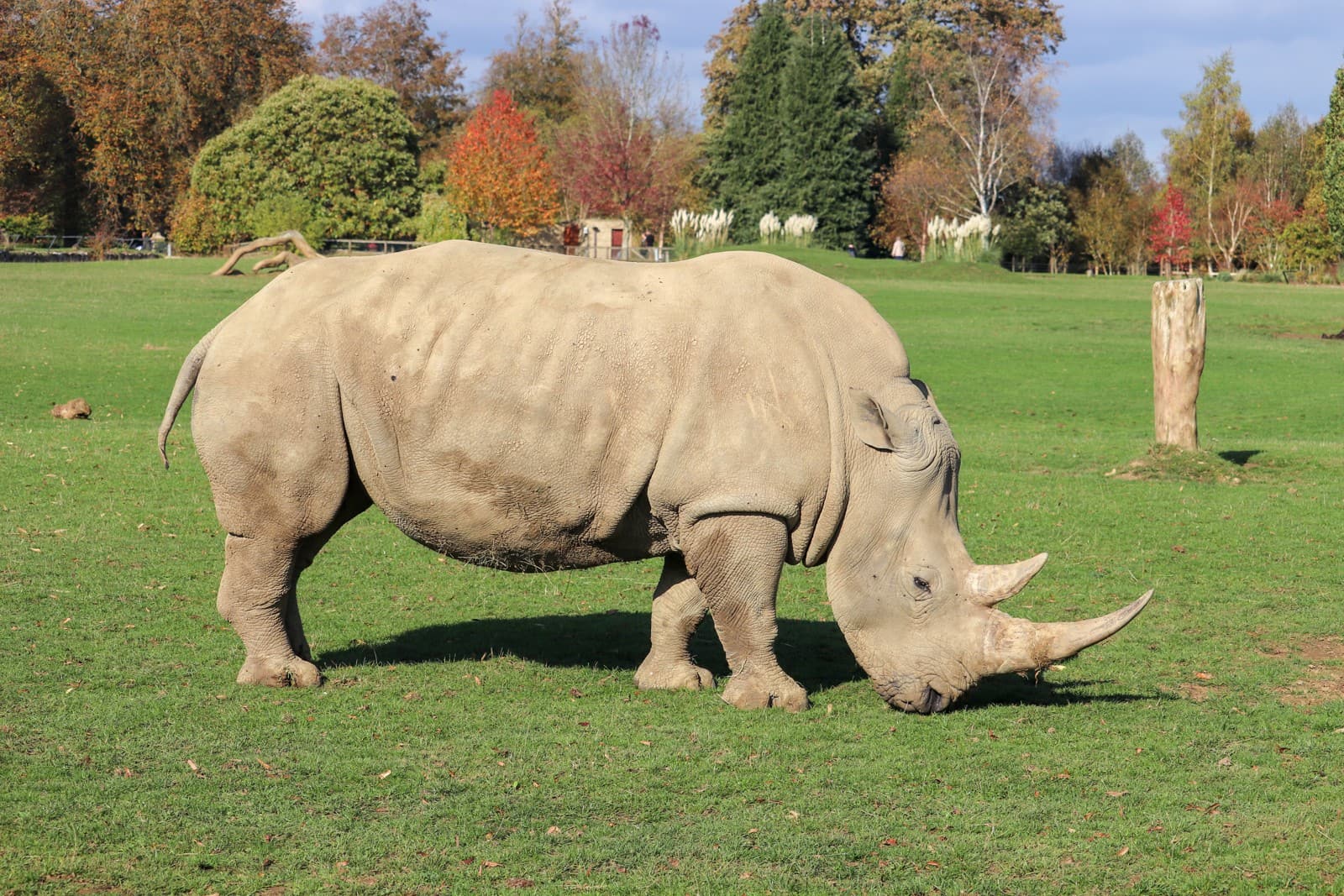
© Vauxford / CC BY-SA 4.0
The White Rhinoceros demonstrates its characteristic grazing behavior, showcasing the square-lipped mouth perfectly adapted for cropping grass. Notice the distinctive head posture, typically held low to the ground while feeding.
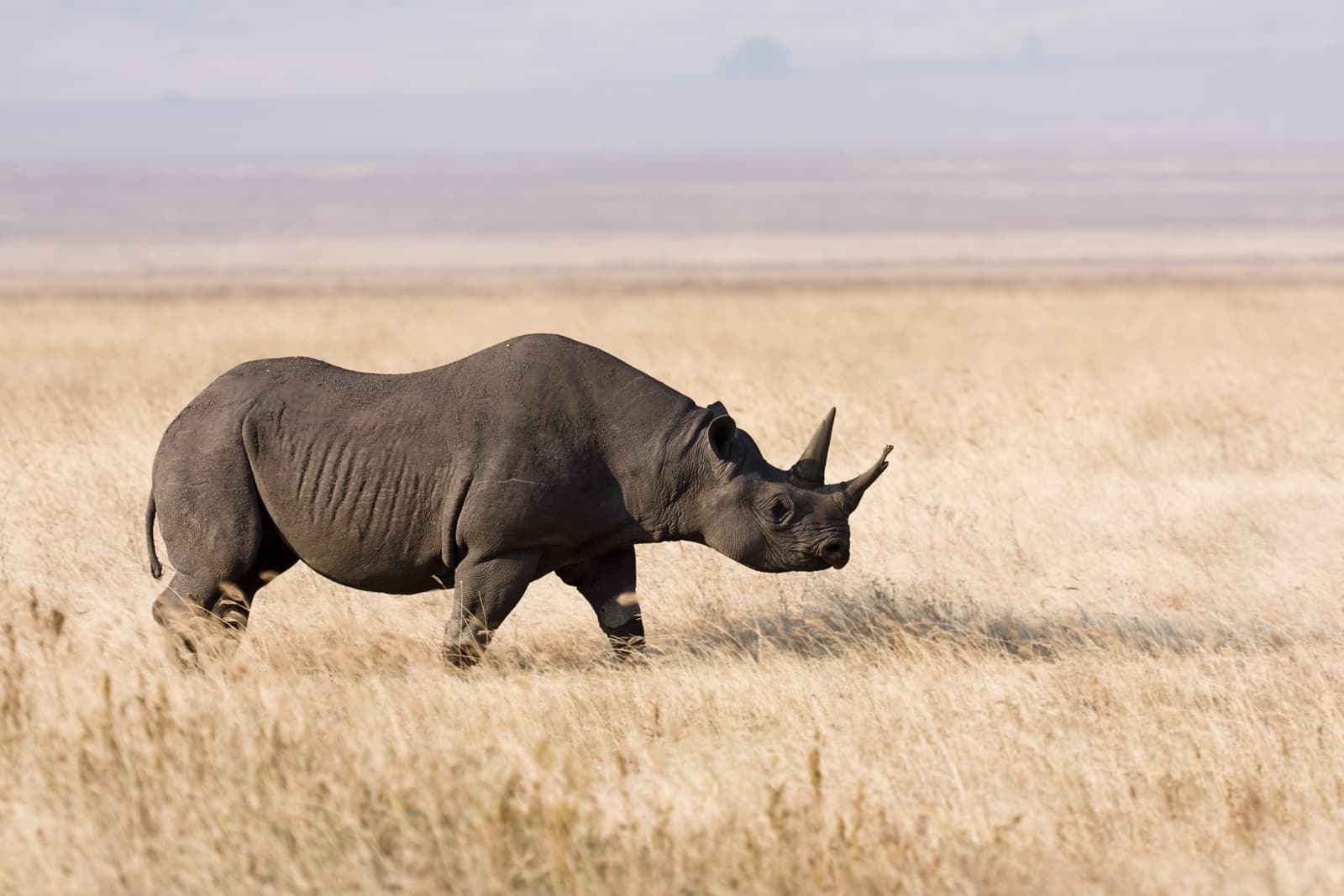
© Ikiwaner / GFDL 1.2
The Black Rhinoceros exhibits its distinctive browsing posture with head held higher, ready to pluck leaves with its prehensile upper lip. The more compact body structure allows for greater maneuverability in bushy terrain.
Key Physical and Behavioral Differences
| Feature | White Rhinoceros | Black Rhinoceros |
|---|---|---|
| Weight | 4,000-7,920 lbs (1,800-3,600 kg) | 1,760-3,090 lbs (800-1,400 kg) |
| Shoulder Height | 5.6-6.1 ft (1.7-1.85 m) | 4.6-5.2 ft (1.4-1.6 m) |
| Lip Structure | Broad, square lip | Pointed, hooked lip |
| Diet | Grass (grazer) | Leaves and twigs (browser) |
| Social Behavior | Semi-social, forms small groups | Solitary, territorial |
| Habitat Preference | Open savanna grasslands | Dense bush and woodland |
Habitat and Distribution
White Rhinoceros primarily inhabit open savannas and grasslands, where their grazing lifestyle can be most efficiently maintained. Their population is concentrated in South Africa, with smaller numbers in Namibia, Zimbabwe, and Kenya. Black Rhinoceros, conversely, prefer thicker bush and woodland areas where browse vegetation is abundant, historically ranging across much of sub-Saharan Africa but now primarily found in protected areas of South Africa, Namibia, Zimbabwe, and Kenya.
Conservation Status and Threats
Both species face severe conservation challenges, though their situations differ markedly. The Southern White Rhinoceros represents a remarkable conservation success story, recovering from fewer than 100 individuals in 1895 to over 18,000 today. However, the Northern White Rhinoceros subspecies is functionally extinct, with only two females remaining.
Black Rhinoceros populations have decreased by 97% since 1960, primarily due to poaching. Current estimates place their wild population at approximately 5,500 individuals, marking them as critically endangered but showing slow signs of recovery through intensive conservation efforts.
Behavioral Characteristics
White Rhinoceros display more social behavior, often forming small groups called crashes, particularly females with calves. They communicate through an extensive range of vocalizations and maintain complex social hierarchies. Black Rhinoceros are notably more solitary and aggressive, with adults typically only coming together for mating. They are known for their more temperamental nature and are often considered more dangerous to encounter in the wild.
Who Would Win in a Confrontation?
While both species generally avoid conflict, in theoretical confrontations, White Rhinoceros would likely dominate due to their significant size advantage. Weighing up to twice as much as Black Rhinoceros, White Rhinoceros possess greater mass and strength. However, Black Rhinoceros are known for their more aggressive temperament and quicker movements, making any potential encounter dangerous for both parties. In natural settings, these species rarely interact due to their different habitat preferences and feeding strategies.
Reproduction and Lifespan
Both species share similar reproductive patterns, with pregnancies lasting 15-16 months. White Rhinoceros typically produce calves every 2-3 years, while Black Rhinoceros may have slightly longer intervals between births. Both species can live 35-50 years in the wild, with females typically living longer than males. The primary difference lies in their social structure during breeding, with White Rhinoceros females often forming nursery groups, while Black Rhinoceros mothers remain solitary with their calves.
